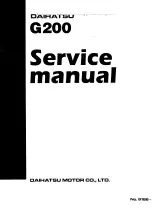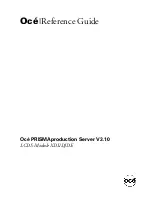
MODEL G8720
3
1
⁄
2
TON
HIGH LIFTING JACK
INSTRUCTIONS
Copyright © oCtoBEr, 2008 By grizzly industrial, inC.
WARNING: NO pORTION OF THIS MANUAL MAy bE REpRODUCED IN ANy SHApE
OR FORM WITHOUT THE WRITTEN AppROvAL OF GRIzzLy INDUSTRIAL, INC.
#ts11148 printEd in China
To reduce the risk of serious injury when
using this jack:
1. Only use this jack for lifting and do not
exceed the design specifications.
2. DO NOT alter any part of this jack
or use it for any purpose it was not
designed for.
3. DO NOT lift vehicles with curved or
tubular bumpers that will slip off the
lifting nose. Always position the lifting
nose under a flat, stable part of the
vehicle that will safely handle the load.
4. Always stabilize and chock the load
before positioning the jack underneath
it.
5. Make sure the base of the jack is on a
flat, solid surface that can hold the load
and that will not allow the jack base to
slip.
6. NEvER place any part of your body
under a load lifted by this jack.
7. DO NOT push the load off the jack.
Lower the load slowly and carefully and
make sure all bystanders are clear of
the load.
8. DO NOT use extension devices on the
jack handle.
Specifications
Max. lifting load ......... 3
1
⁄
2
u.s. tons (7000 lbs.)
required Minimum lifting load .............. 110 lbs.
Maximum lifting height ..................................48"
Overview
the Model g8720 3-1/2 ton high lifting Jack
is designed to lift a load higher than the typical
automobile jack. the lifting assembly "walks" the
lifting nose along the jack bar using two climbing
pins that move in and out of the holes on the bar
as the jack handle is raised and lowered.
Figure 1. Model g8720 identification.
Jack handle
Jack Base
Jack Bar
lifting nose
& assembly
top
Connecting
plate






















